Jessica Meir said she’s not used to isolation on Earth.



But our failure in Iran made us better! We established commands, units, relationships, mission sets, and joint tactics, techniques and procedures that survive to this day.
The lessons learned fixed a multitude of shortcomings and brought joint SOF operations into the 21st century. It also prepared a small cadre of leaders to meet the future challenges of an ever-evolving radical threat stream. It set us up for the next 20 years.
Ultimately, the lessons of Eagle Claw led to the establishment of U.S. Special Operations Command (SOCOM) as a functional combatant command with service-like responsibilities to man, train, and equip special operations forces from every service. SOCOM also received a budget along with authorities to procure SOF unique equipment; and they gained an advocate on Capitol Hill with the establishment of the assistant secretary of defense for special operations and low intensity conflict (ASD-SOLIC).
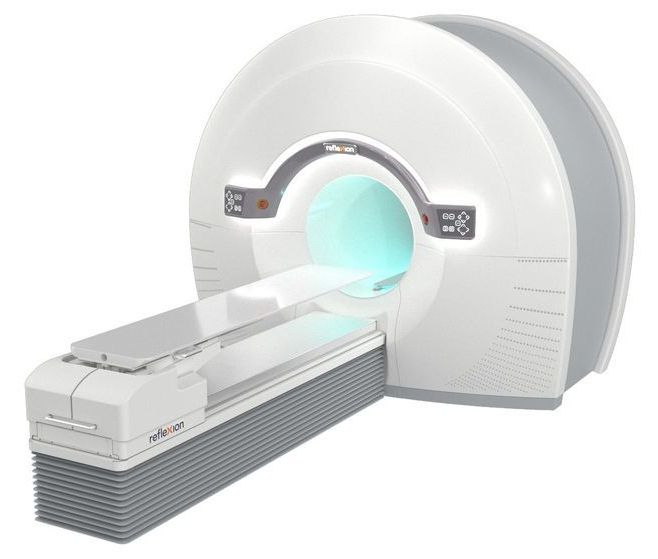
A new technology aims to make tumors their own worst enemy in the fight against cancer — and Stanford Medicine will be the first in the world to incorporate the treatment into the clinic.
The first generation of a machine using this technology — the X1, from the company RefleXion Medical — harnesses positron emission tomography to deliver radiation that tracks a tumor in real time. This PET feedback allows the system to send beams of radiation to destroy cancerous cells with heightened precision.
Researchers hope that this “biology-guided radiotherapy” will increase accuracy, safety and efficacy of cancer radiation treatment. Stanford physicians plan to test the X1 later this year through clinical trials at Stanford Hospital. Their first step will be to obtain approval by the Food and Drug Administration.
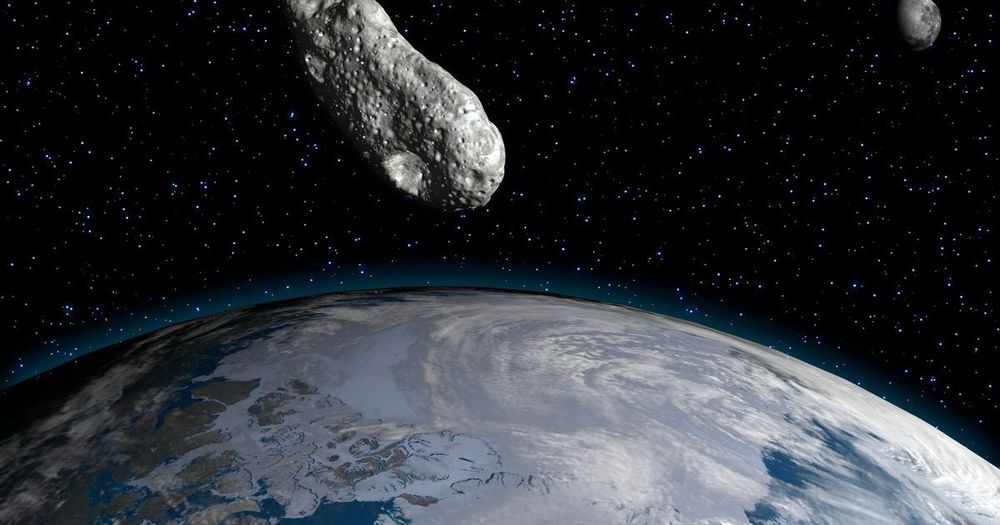
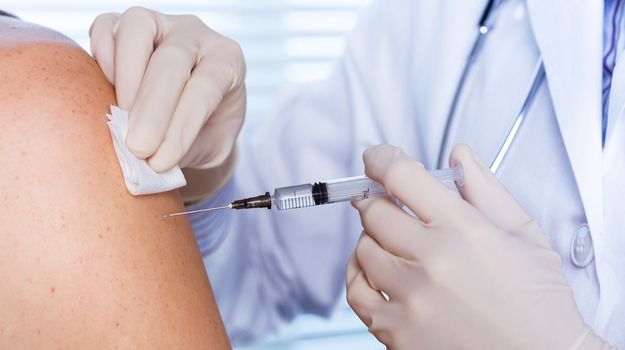
On March 16, Moderna and the National Institute of Allergy & Infectious Diseases (NIAID) began dosing patients with mRNA-1273, its vaccine candidate against COVID-19. The second round of dosing in healthy Seattle volunteers has now begun.
Without placing too much significance on this, it is a good sign, suggesting that the trial is progressing well and there are no obvious bad side effects from the first round.
Lisa Jackson, senior investigator, Kaiser Permanente Washington Health Research Institute, who is heading the study, told USA Today that the physicians at Kaiser Permanente’s Vaccine Treatment and Evaluation Unit in Seattle don’t have results from the first round. This suggests that the study data is blinded, meaning it will not be released until a specific point in the trial.

Researchers at Osaka University studied a new approach for laser nuclear fusion utilizing relativistic phenomena of intense laser light. By irradiating the ultra-intense laser light directly onto the fusion fuel, the researchers examined signs of heating of fusion fuel. This work may lead to widespread, clean fusion power.
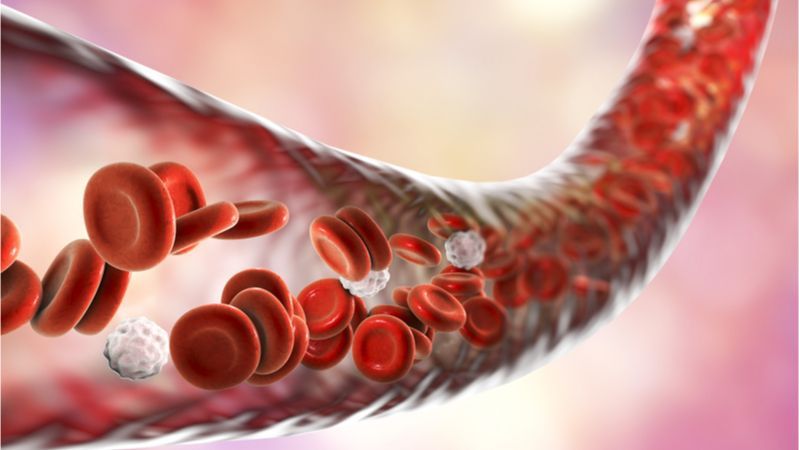
Researchers have developed a way to modify an existing cancer drug with toxic side effects into something that is less toxic to blood platelets and more effective at removing harmful and inflammatory senescent cells, one of the reasons we age, from mice.
What are senescent cells?
As you age, increasing numbers of your cells enter into a state known as senescence. Senescent cells do not divide or support the tissues of which they are part; instead, they emit a range of potentially harmful chemical signals that encourage nearby healthy cells to enter the same senescent state. Their presence causes many problems: they reduce tissue repair, increase chronic inflammation, and can even eventually raise the risk of cancer and other age-related diseases.
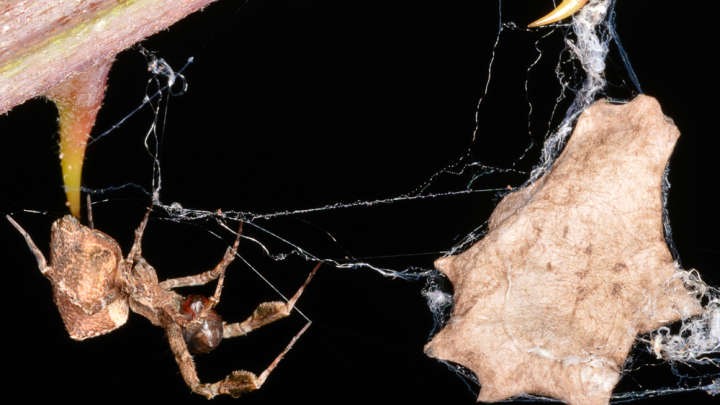
Researchers investigating cribellate spiders have discovered a unique comb structure that could help inform future equipment used to manipulate nanofibers. Nanofibers have been hard to handle in a lab setting as they can stick to the equipment attempting to manipulate them, but a new study published in the journal ACS Applied Nanomaterials reveals how spiders can help us to create non-stick tools for such scenarios.
Cribellate spiders are so named because of their unique web-spinning anatomy. Most spiders have a long single spinneret that they use to produce a single thread, whereas cribellate spiders have a silk-spinning organ. This organ acts like a plate with lots of small, ever so slightly raised protrusions, each of which produces a very fine silk just a few nanometers thick. The spiders then comb these thin fibers out using a calamistrum structure on their legs, producing silk with a woolly texture. This woolly-textured silk entraps the spider’s prey, but somehow, they are able to handle it without getting caught up in their own webs.
Nanofibers are a hot area of research right now but one of the difficulties in their handling is that they commonly stick to the equipment trying to manipulate them. Lead author Anna-Christin Joel, from RWTH Aachen University, and her colleagues wondered if the solution to this frustrating problem could be found within the silk-immune spiders’ anatomy.
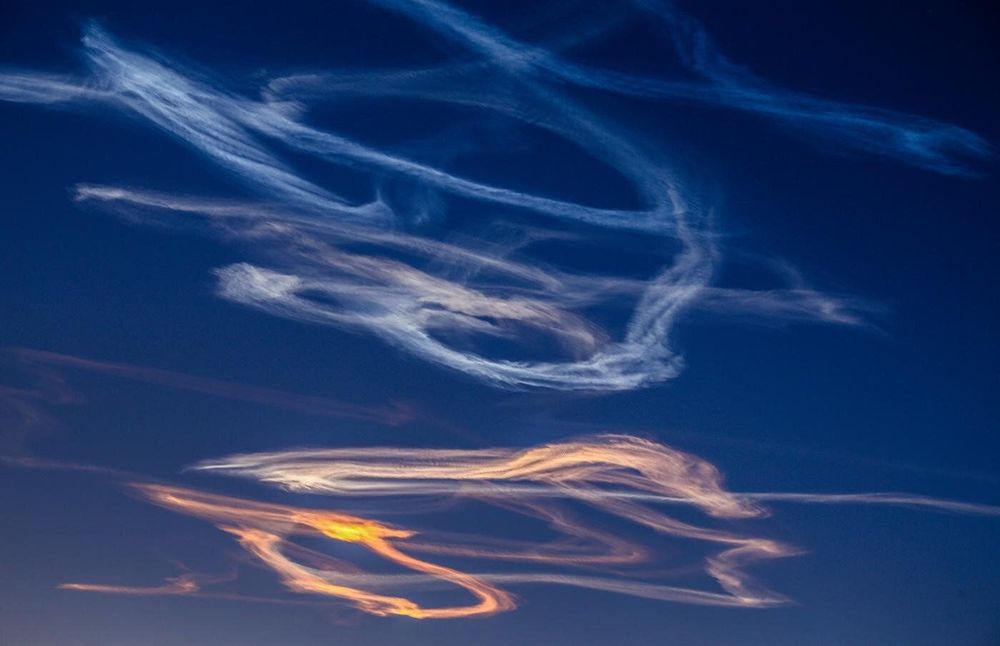
The Dishchii’bikoh meteorite fall in the White Mountain Apache reservation in central Arizona has given scientists a big clue to finding out where so-called LL chondrites call home. They report their results in the April 14 issue of Meteoritics and Planetary Science.
“LL chondrites are fairly common meteorites with low-oxidized and low metallic (LL) iron content,” said Peter Jenniskens, the lead author and meteor astronomer with the SETI Institute and NASA Ames Research Center. “We want to know where they originated because the damaging Chelyabinsk airburst of February 15, 2013 in Russia, was caused by a particularly large 20-meter sized LL chondrite.”
LL chondrites originate from somewhere in the asteroid belt between Mars and Jupiter, where a parent body broke up and created a family of asteroids long ago. Occasional collisions with those family members eject rocks into orbit around the Sun. When these small asteroids collide with Earth’s atmosphere, they cause a bright meteor from which pieces survive sometimes and fall on the ground as meteorites.
Circa 2017
Abilify MyCite raises new privacy concerns.